The ability to maintain an online presence is a prerequisite in today's technological age. To be considered adequately optimized by search engines like Google, technical optimization has to be carried out on a website. That is where a Technical SEO audit takes off.
In this blog, we will talk about everything related to Technical SEO audits, and their importance for the year 2025, and present a comprehensive checklist to evaluate the well-being and performance of the technical aspects of your website. It is the key to enhancing search engine rankings and user experience.
What is a Technical SEO Audit?
A Technical SEO audit is a thorough study of all the technical aspects of your website, ensuring that it was explicitly set for search engines. Unlike all other forms of SEO that prescribe methods to improve content and keywords within a site, Technical SEO audits deal mainly with the structure of a site. This includes such things as site speeds, mobility, URL structure, security, and much more.
A proper audit helps to identify the various aspects which restrict the performance of your website in terms of search results. It checks for smooth user experience and good visibility in search results based upon how search engines can effectively crawl and index your pages.
Why is it Important for 2025?
When we reach 2025, search engines such as Google will be even more intelligent. They won't merely be determining how to rank an online mishmash of low-quality and high-quality content. They'll also be figuring out which websites are technically good and which are technically bad. If you run a website, you want it to be good on both counts. Here, then, are a few reasons why
- Core Web Vitals & User Experience: Google is paying more attention to user experience, and Core Web Vitals are now a major ranking factor. A good user experience means a website can rank higher in search results, and working through a Technical SEO audit helps ensure a site meets these standards.
- Mobile-First Indexing: In comparison to before, more individuals are now perusing the web on phones and tablets. By the year 2025, Google will have made mobile-friendly sites its primary index for ranking. A Technical SEO audit guarantees that your site is mobile-responsive and primed for the Google of tomorrow.
- Security Concerns: Google can penalize websites that don't have secure connections. As data privacy and security become ever more pressing, the Technical SEO audit not only serves the site's search engine ranking but also builds user trust by ensuring that those connections are secure.
- Increased Competition: With the shift of many businesses to the online space, SEO has become an arena of cutthroat competition. If you want your website to have any hope of being seen, it needs to be optimized not just for the words and images that it presents to human visitors but also for all of the technical elements that Google and its rivals look at when deciding where to rank your site on the results pages.
Step-by-Step Technical SEO Audit Checklist for 2025
To make your Technical SEO audit process easier, we’ve created a step-by-step checklist for you to follow in 2025.
Crawl Your Website
A Technical SEO audit always starts with a crawl of your website from an external perspective, using a tool such as Screaming Frog, Google Search Console or any other tool that allows website crawling. Your insights into how search engines view your site will come from crawling your site.
- Check for crawl errors: Check for broken links or missing pages.
- Analyze crawl depth: Pages should be accessible in a few clicks.
- Sitemap check: Keep your XML sitemap up to date.
Site Speed Optimization
Google has been hammering on site speed as a ranking factor for some time now. People are frustrated by slow-loading websites and they’re typically sorted lower in search engines. To improve site speed:
- Test page speed: Test your website speed with tools like Google PageSpeed Insights.
- Optimize images: Use large images to compress the loading time.
- Minimize JavaScript and CSS: Eliminate the unnecessary code, and remove bloated scripts.
Mobile Optimization
Due to mobile-first indexing from Google, making sure your website is mobile-friendly is very important.
- Responsive design: Be sure your site is responsive to different screen sizes.
- Mobile speed test: Mobile users expect a fast load time, so be sure to test your performance using Google’s Mobile-Friendly Test.
Fix Crawlability and Indexability Issues
For search engines to index your website, it must be simple for them to crawl.
- Robots.txt: Make sure your robots.txt file is not blocking important pages.
- Check if pages are indexable: Do not overuse the "no index" tag. You want important pages to be indexable.
- Check your canonical tags: Check your canonical tags to prevent problems with duplicate content.
Secure Your Website (HTTPS)
In addition to being a crucial component of the user experience, security affects Google's ranking.
- SSL Certificate: You should have an SSL certificate installed on your site. If you are still on HTTP territories, switch to HTTPS.
- Mixed content: Make sure that there is no mixed content being delivered on your site, that is, nothing is still being served on HTTP.
Fix Broken Links and Redirects
Repair Broken Links & Redirects Both the user experience and the search engines can be negatively affected by broken links. Broken links can inhibit crawlers from properly indexing your site and its content.
- Identify Broken Links: Use a tool like Screaming Frog to identify any 404 errors and fix them on your site.
- Redirect Chains: Also check there are no redirect chains or loops that could confuse search engines.
Optimize URL Structure
A clean and descriptive URL structure helps both search engines and users better understand your website.
- Use short, descriptive URLs: Include relevant keywords in the URL without overstuffing them.
- Do not use dynamic URLs: Try to avoid dynamic URLs and use static ones instead.
Structured Data (Schema Markup)
Schema markup will assist search engines to better understand your website and provide better results.
- Implement structured data: Use schema markup on important pages such as products, blog posts, or reviews.
- Test with Google’s Structured Data Testing Tool: Ensure there are no errors in your markup.
Internal Linking and Site Architecture
Both SEO and user experience are improved by a well-designed internal linking structure.
- Improve internal links: Make sure that key pages are simple to reach from other pages.
- Use breadcrumb navigation: This makes it easier for search engines and users to understand the structure of your site.
Content and Keyword Optimization
As Technical SEO primarily deals with the site’s infrastructure, content is still another major factor in SEO.
- Lookout For Optimization: Make sure the content is optimized with the target keywords and keyword density.
- Content freshness: Update your content regularly so that it remains relevant.
Tools to Use for Technical SEO Audit
There are numerous tools available to help you with the audit process. The following are among the best tools of 2025:
- Google Search Console: This tool provides awareness of how Google is crawling and indexing your site.
- Screaming Frog: A website crawling tool that allows you to identify problems like broken links, missing metadata, and much more.
- Ahrefs: for site audits, keyword analysis, and backlink monitoring
- GTmetrix: Analyzes the speed of your website and gives suggestions for improvement.
- Google PageSpeed Insights: Provides detailed reports of how to improve your site’s speed.
Typical Technical SEO Problems and Their Solutions
However, some issues might linger even after conducting a technical audit. Here are a few typical ones and how to fix them:
- Site Speed Issue: Optimize Images, Minify CSS/JSS, Enable Browser Caching
- Duplicate Content: If you have duplicate content, use canonical tags to specify the preferred version of the content.
- Meta Tags are Missing: Make sure all the important pages have meta titles and descriptions.
- Mobile Optimization Issues: Use of responsive design and test on different devices for usabilityMobile Optimization Issues: Use of responsive design and test on different devices for usability
- Broken Links: Regularly check for broken links and redirect or remove them.
The Future of Technical SEO: Trends to Watch in 2025
With the evolution of search engines, SEO trends are also evolving. 2025 SEO: Artificial intelligence (AI), machine learning, and computer vision expand into a significant portion of determining how a search engine understands content and links data to preexisting information and ranking websites, requiring high-quality, user-first content. Google’s continued emphasis on the importance of user experience means Core Web Vitals will continue to be a prominent ranking factor. As voice assistants become more prevalent, optimizing for voice search will also be critical, so strategies may need to adapt to these and other emerging trends
Conclusion
A Technical SEO audit is important to make sure the website has a good position in the search engine. This 2025 website optimization checklist helps in optimizing your website step-by-step. “Ongoing audits will allow you to maintain optimal performance, enhance user experience, and keep your competitors at bay.”
It gives a make use of if you haven't performed a Technical SEO audit in a while! Avoid common pitfalls, be on the ball with tools, and work with the latest SEO trends to give your website the best chance to succeed in the ever-evolving digital world.
If you have any questions or doubts related to this blog post then you can contact us at AHIT. We hope our expert team will contact you soon as well and guide you perfectly.





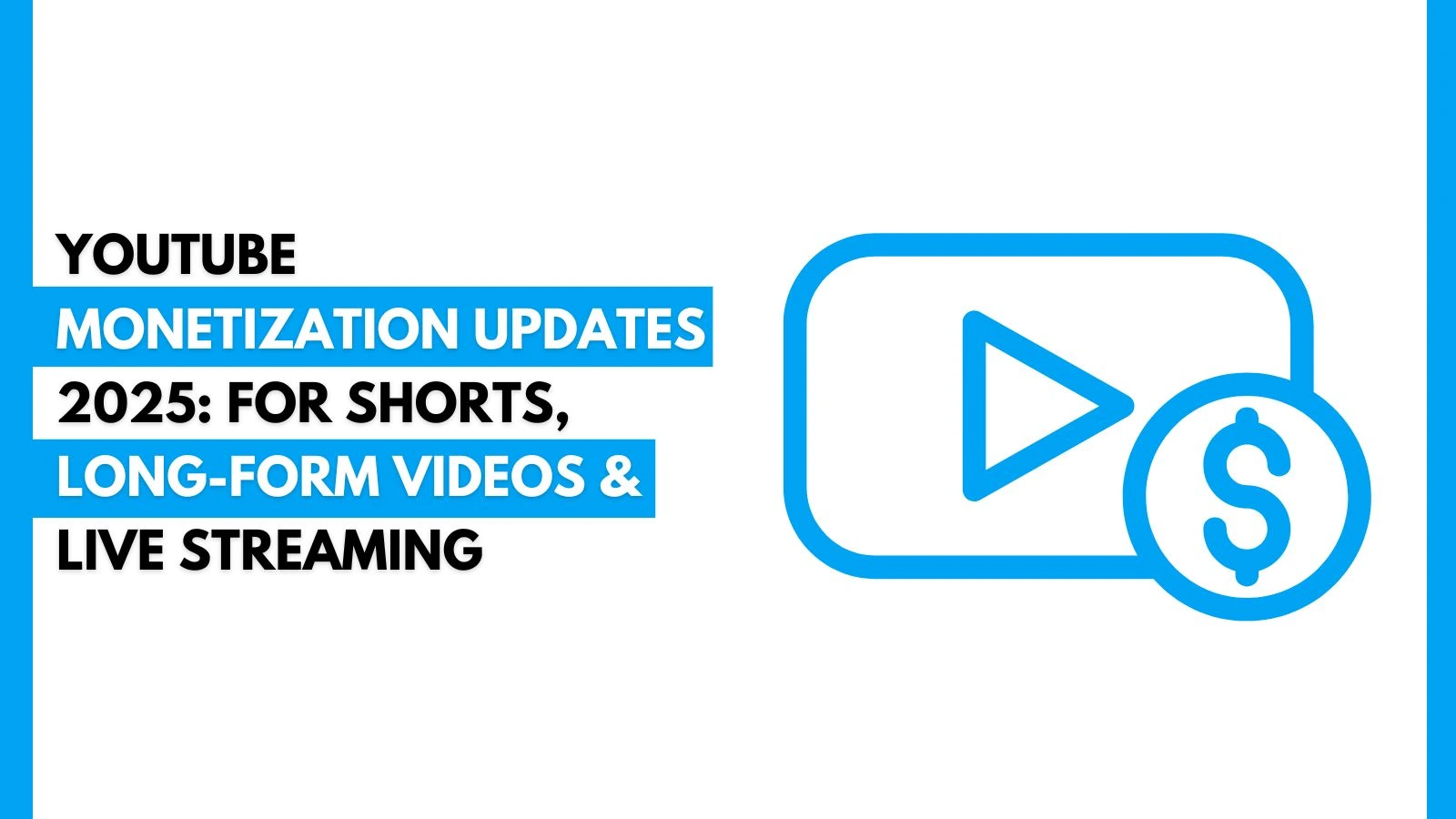

.webp)
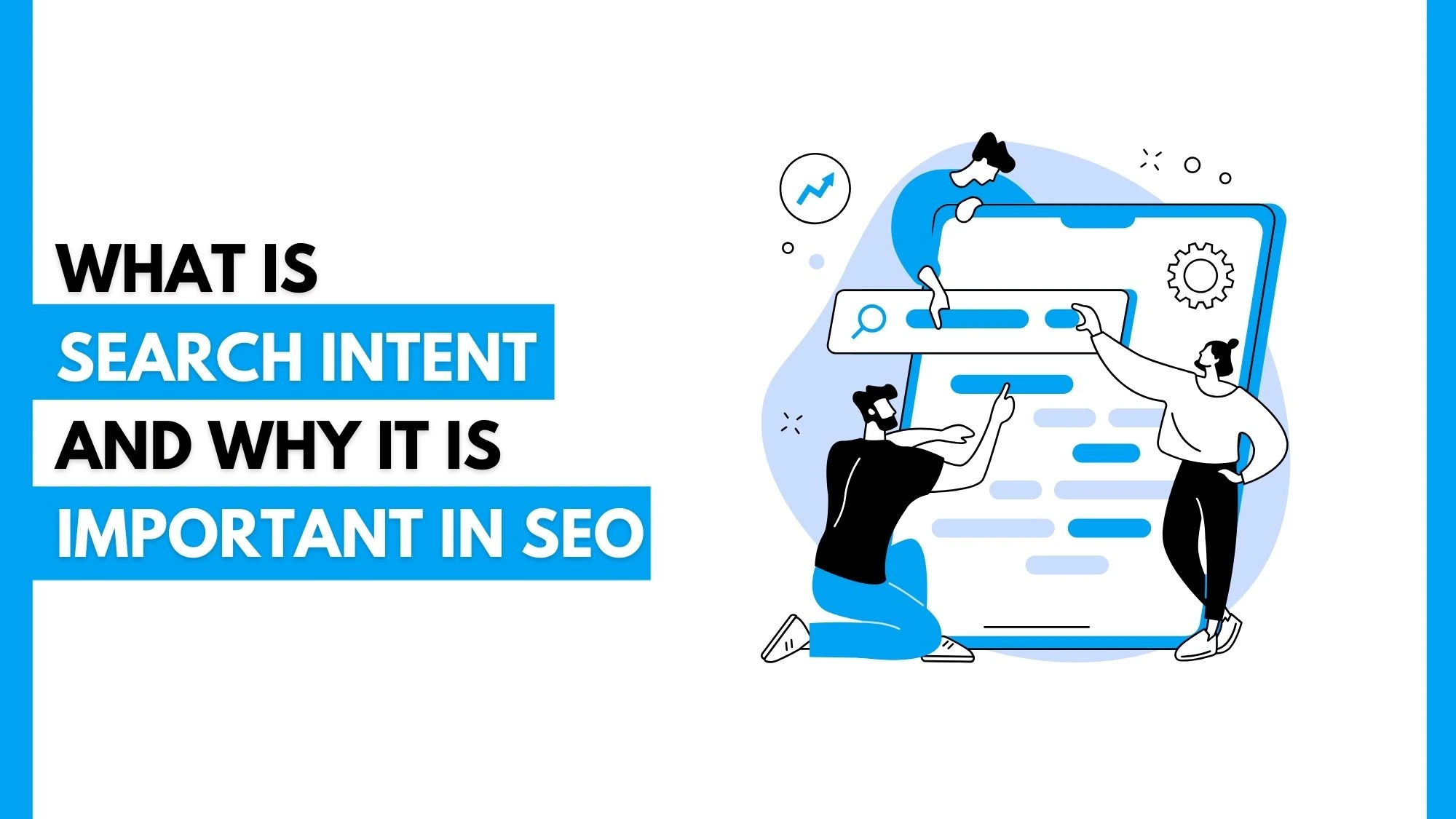





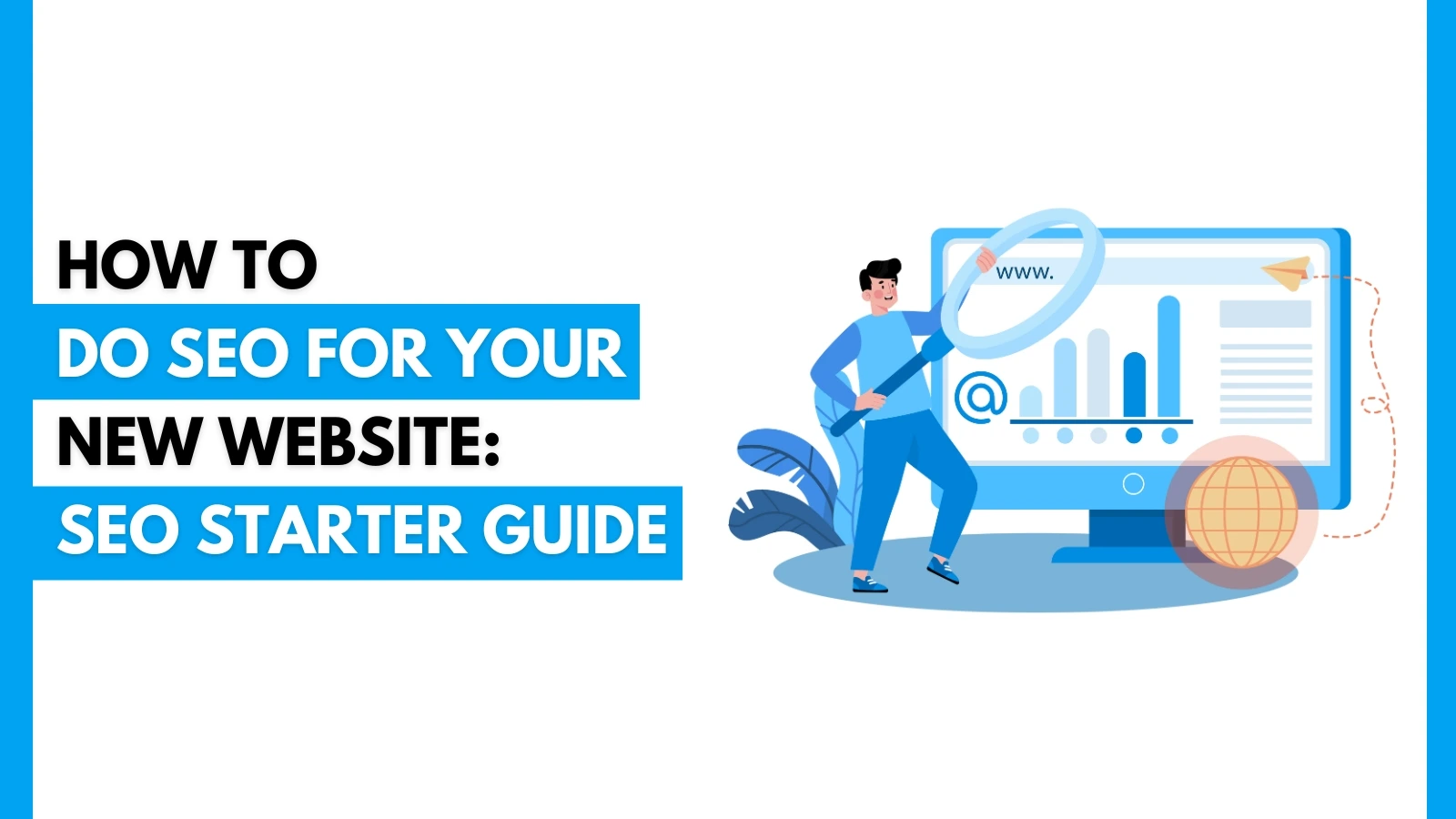
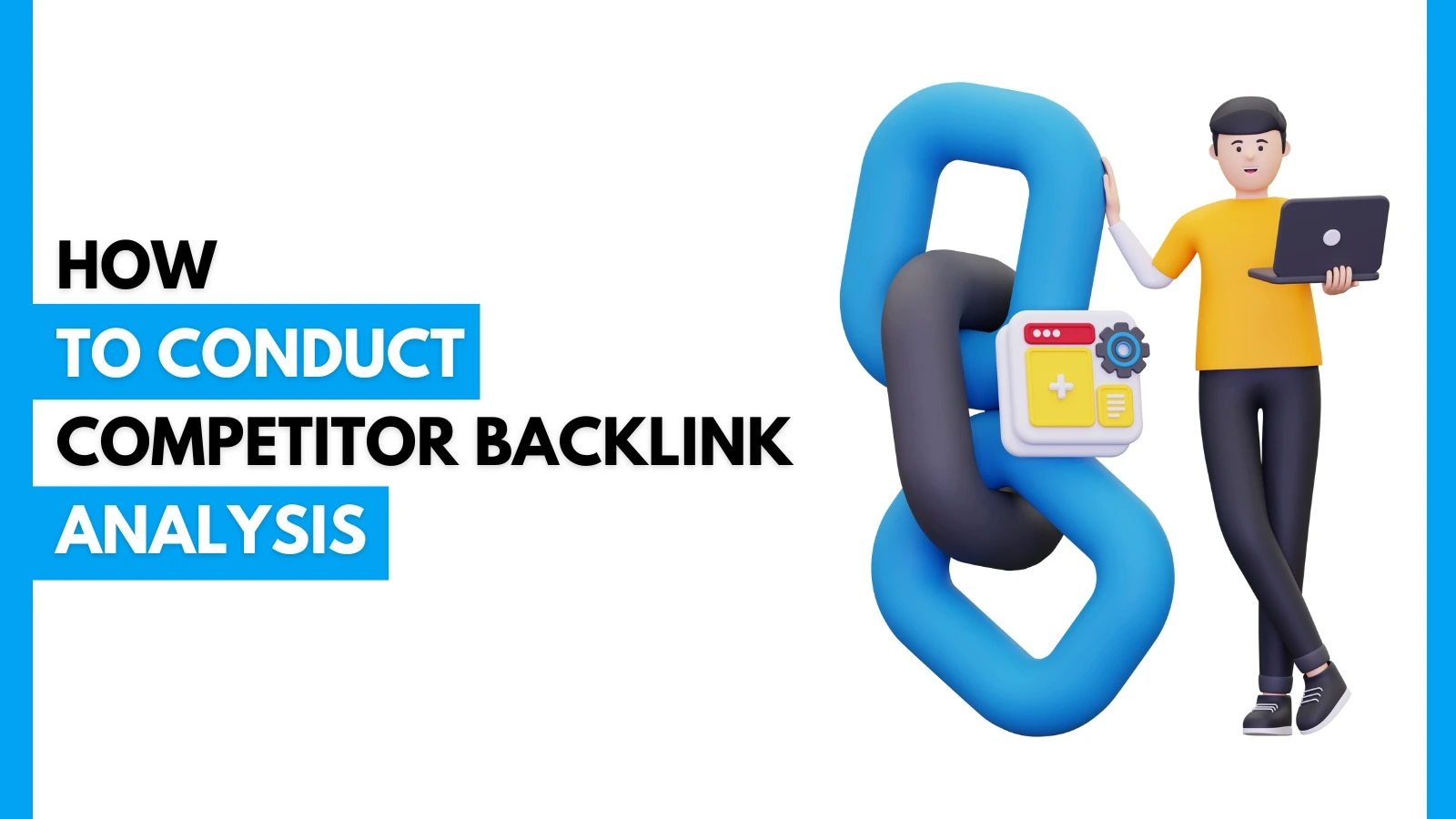





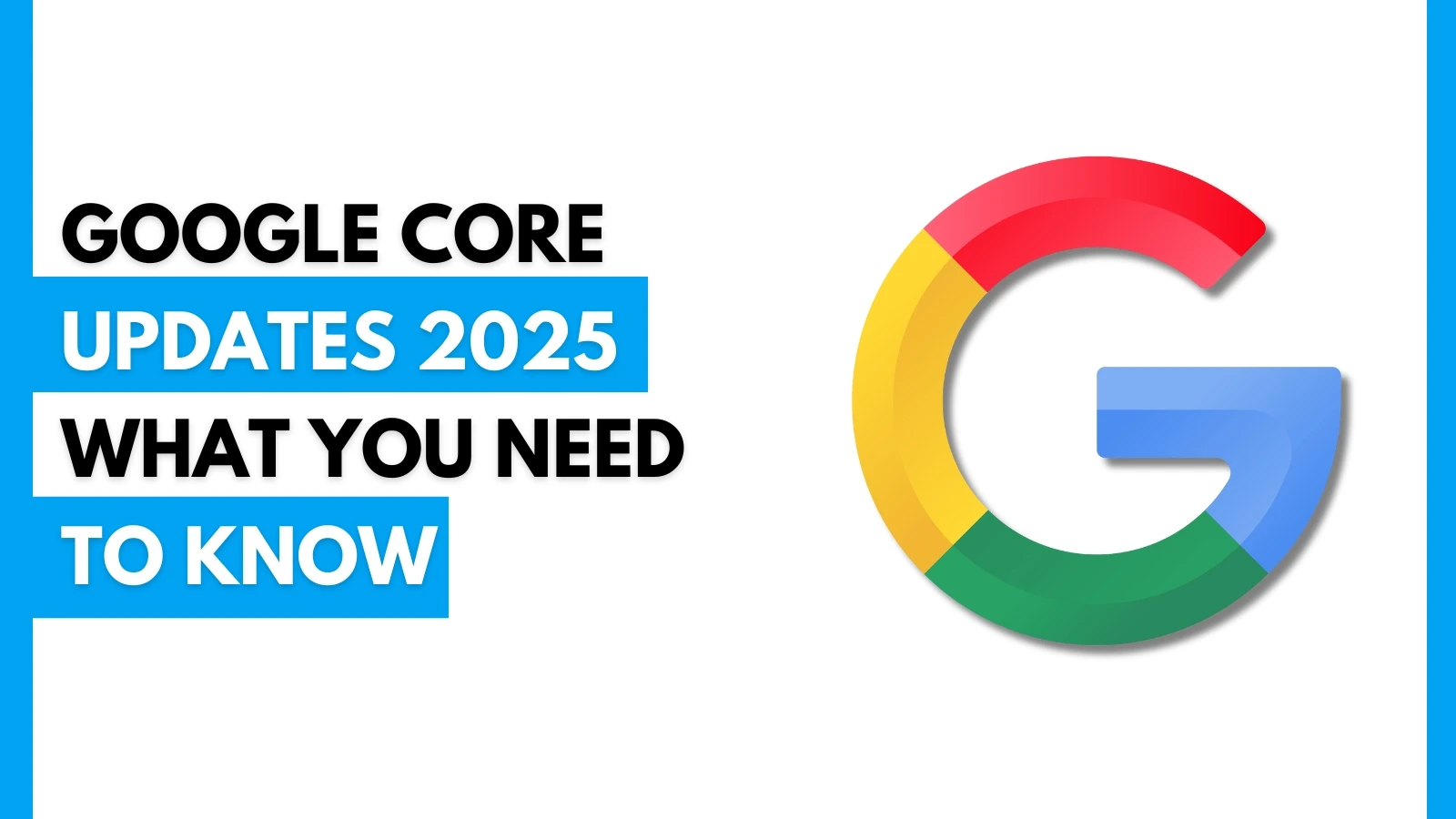





.webp)






















 A Complete Guide.webp)










































.jpg)










 Efficiently.jpg)
.jpg)
























.jpg)
.jpg)
























.jpg)


















.jpg)
.jpg)




























.webp)





.jpg)


















 Campaign.jpg)




.jpg)

.jpg)

.png)



.jpg)



.jpg)
.jpg)
.jpg)



.jpg)








.png)
.jpg)




.jpg)

.jpg)
.jpg)


.jpg)


.jpg)



.jpg)





















.jpg)














.png)





















.jpg)






.png)

.png)



.png)

.png)
.png)



.png)
.png)
.png)
.png)
.png)

.png)
.png)
.png)
.png)
.png)
.png)
.png)
.png)
.png)
.png)
.png)

.png)
.png)
.png)
.png)
.png)
.png)
.png)
.png)
.png)



.png)
.png)
.png)

.png)
.png)
.png)
.png)
.png)
.png)
.png)
.png)
.png)
.png)
.png)
.png)
.png)
.png)
.png)
.png)
.png)
.png)
.png)
.png)
.png)
.png)
.png)
.png)
.png)
.png)
.png)
.png)
.png)
.png)
.png)


.png)
.png)

.png)
.png)
.png)
.png)
.png)
.png)
.png)
.png)
.png)
.png)
.png)
.png)
.png)
.png)
.png)
.png)
.png)
.png)
.png)
.png)

.png)
.png)
.png)

.png)
.png)
.png)
 (1).png)
.png)
.png)
.png)
.png)
.png)
.png)
.png)
.png)

.png)

.png)
.png)
.png)
.png)
.png)
.png)
.png)

.png)
.png)
.png)
.png)
.png)
.png)
.png)
.png)
.png)
.png)
.png)
.png)
.png)
.png)
.png)
.png)


.png)
.png)
.png)
.png)
.png)
.png)
.png)

.png)
.png)
.png)
.png)
.png)
.png)
.png)
.png)
.png)

.png)
.png)

.png)
.png)
.png)

.png)
.png)
.png)

.png)
.png)
.png)
.png)
.png)
.png)
.png)
.png)
.png)
.png)
.png)
.png)
.png)
.png)
.png)
.png)
.png)
.png)
.png)